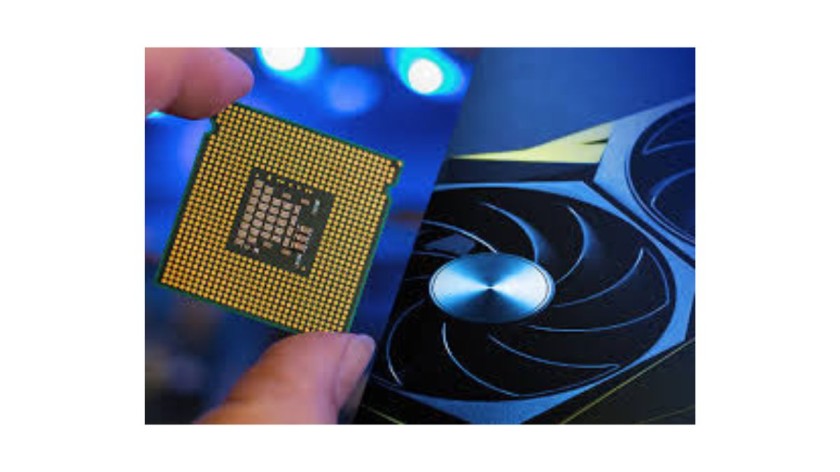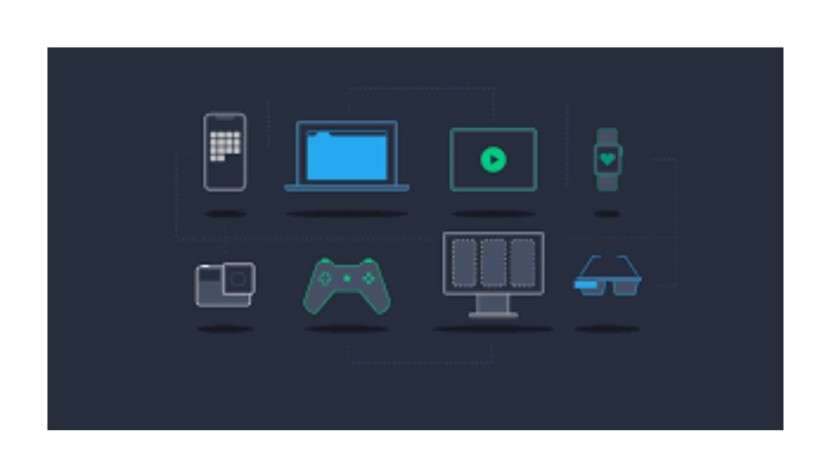Table of Contents
Introduction:
The realm of Artificial Intelligence (AI) is undergoing a period of explosive growth. From self-driving cars and facial recognition software to chatbots and recommendation engines, AI is rapidly transforming our world. Fueling this transformation is the ever-increasing need for powerful AI accelerators. These specialized hardware platforms are designed to handle the demanding computational requirements of AI workloads, particularly in the domain of deep learning – a subfield of AI that involves training complex neural networks on vast amounts of data.
Two major players currently dominate the AI accelerator landscape: Intel and Nvidia RTX. Both companies offer compelling solutions, but the decision of which one is right for you can be a complex one. This intricate landscape is further muddied by the ever-evolving nature of AI technology and the constantly shifting performance benchmarks. Navigating this terrain and choosing the right AI accelerator for your specific needs requires a deep understanding of the strengths and weaknesses of both Intel and Nvidia RTX offerings.
This comprehensive blog delves into the intricacies of these two AI accelerator titans. We’ll explore the underlying architectural differences between CPUs (Central Processing Units) and GPUs (Graphics Processing Units), the workhorses of traditional computing versus the specialized processing power of AI accelerators. We’ll then examine the developer tools and frameworks offered by each company, and the crucial software ecosystems that empower developers to harness the power of these hardware platforms. Finally, we’ll provide a framework for making an informed decision, considering factors such as budget constraints, the specific AI workload you’ll be tackling, and the power consumption limitations of your environment.
By the end of this blog, you’ll be equipped with the knowledge to navigate the AI accelerator arms race and choose the weapon that best suits your deep learning battleground.
Points to note in Intel vs Nvidia RTX: AI Accelerator Showdown 2024
(1) Architectural Under the Hood: CPUs vs GPUs

Traditionally, CPUs (Central Processing Units) have been the workhorses of general computing. However, AI workloads often thrive on the parallel processing prowess of GPUs (Graphics Processing Units). Let’s explore the architectural differences in detail:
Intel AI Accelerators:
- Integrated AI Acceleration:
Intel prioritizes integrating AI capabilities directly into their CPUs, such as the Intel Xeon Scalable processors with Intel® AI Engines. This approach balances AI performance with overall system efficiency, making it ideal for AI inference tasks (using pre-trained models) at the network edge or in cost-sensitive deployments. The embedded AI acceleration features in these CPUs reduce latency and power consumption, which is beneficial for real-time applications and edge computing scenarios. - Dedicated AI Accelerators:
For high-performance training and inference in data centers, Intel offers the Intel® Gaudi series, designed explicitly for AI acceleration. The Gaudi processors are built to handle intensive deep learning tasks, offering significant throughput improvements and efficiency over traditional CPU-based AI processing.
Nvidia RTX GPUs:
- Dedicated Powerhouse:
Nvidia RTX adopts a different strategy, utilizing the raw power of dedicated GPUs, such as the popular RTX 30 series and the high-end A series, tailored for AI workloads. These GPUs are equipped with Tensor Cores, which are specifically designed for AI tasks, delivering exceptional performance for complex deep learning applications. This dedicated approach results in higher performance but requires additional investment in infrastructure and can lead to increased power consumption.
(2) Beyond the Hardware: Developer Tools and Frameworks

A robust developer ecosystem is crucial for maximizing the potential of any AI accelerator. Here’s a detailed breakdown of the tools offered by each company:
Intel:
- Open and Flexible Ecosystem:
Intel champions an open-source approach with the Intel® one API suite, a comprehensive toolkit providing tools and libraries optimized for Intel architecture. OneAPI includes components like the Intel® Distribution of OpenVINO™ toolkit, which is designed to optimize and deploy deep learning inference. OpenVINO supports a wide range of deep learning models and ensures they run efficiently on Intel hardware. Furthermore, Intel provides extensive support for popular AI frameworks like TensorFlow and PyTorch, allowing developers to leverage familiar tools and methodologies.
Nvidia:
- CUDA Powerhouse:
Nvidia offers a vast and well-established developer ecosystem centered around the Nvidia CUDA programming model, which is specifically designed to harness the power of Nvidia GPUs for AI development. The Nvidia Deep Learning SDK (NDLS) includes a suite of tools and libraries tailored for Nvidia GPUs, providing developers with optimized solutions for deep learning tasks. Nvidia also supports major AI frameworks like TensorFlow and PyTorch, ensuring seamless integration with existing AI development workflows.
(3) Choosing the Right Weapon for Your AI Battleground:

Selecting the ideal AI accelerator depends on your specific project requirements. Here are some key considerations:
Budget Considerations:
- Cost-Effective Option:
Intel’s integrated AI acceleration within CPUs offers a budget-friendly solution, making it suitable for scenarios where cost is a primary concern. The lower initial investment and operational costs make it an attractive option for smaller-scale deployments or projects with tight budgets. - High-Performance Investment:
Nvidia RTX GPUs, while requiring a higher upfront investment, deliver exceptional performance for complex AI tasks. This makes them ideal for large-scale, high-performance computing environments where the budget allows for significant infrastructure investment.
Workload Focus:
- Inference Powerhouse:
For tasks like AI inference (utilizing pre-trained models) or deploying existing AI solutions, Intel’s AI-enabled CPUs provide sufficient performance. Their integrated approach offers lower latency and power consumption, making them suitable for edge computing and real-time applications. - Deep Learning Champion:
For complex deep learning tasks or high-performance training of new AI models, Nvidia RTX GPUs are the better fit. Their specialized Tensor Cores provide unparalleled performance for deep learning, making them the preferred choice for research and large-scale AI development.
Power Consumption Concerns:
- Energy Efficiency:
Intel solutions generally offer superior power efficiency, which is crucial for edge computing or resource-constrained environments where power limitations exist. The integration of AI acceleration within CPUs ensures lower power consumption and reduced heat generation, making them ideal for sustainable and energy-efficient deployments.
(4) The Evolving Landscape: A Future of Collaboration
Both Intel and Nvidia are constantly innovating and pushing the boundaries of AI acceleration. Here’s what to expect:
- Continued Innovation:
We can anticipate advancements in both integrated CPU acceleration and dedicated GPU capabilities. Intel and Nvidia are likely to continue enhancing their respective architectures to meet the growing demands of AI workloads. - Open-Source Power:
The open-source community plays a vital role in AI development. We can expect continued collaboration between these giants and the open-source community to foster a more unified and accessible AI development landscape. This collaboration will likely lead to more robust and versatile AI tools, benefiting developers and businesses alike.
(5) Conclusion: Making the Right Choice
Ultimately, the “best” AI accelerator isn’t a one-size-fits-all solution. By understanding the architectural differences, developer tools, and your unique project requirements, you can make an informed decision between Intel and Nvidia RTX solutions. As the AI landscape continues to evolve, staying abreast of the latest advancements in both hardware and software will ensure you have the right tools to achieve your AI goals. Whether you prioritize cost efficiency, performance, or energy consumption, there is a solution tailored to your needs in the ever-expanding world of AI accelerators.
Read More- Essential iPad Accessories You Need in 2024

